Pteranodon
Pteranodon with its Latin name Pteranodons is one of the best known extinct reptile species. Although it looked like a terrifying dragon Pteranodon was a peaceful animal that fed only off fish.
When the first Pteranodon fossils were found many people were convinced that it was really a work of devil. The Pteronadon’s wing span was more than 7 meters (23 feet), but the torso of the creature was the size of a turkey weighing at about 15 kilos (33 pounds). The bill was very big but without teeth. At the back of the head as it was indicated from the fossils the creature had a large crest, that for some specimens was as big as the bill, doubling the length of the skull. The purpose of the crest was to balance the weight of the bill, to decrease the pressure put on neck muscles and to increase the aerodynamic properties of the Ptreanodon’s body.
The body of this ancient animal was covered in deep hair. The wings were so long that the animal could not even fold them together. Although the build of the body of a Pteranodon resembles that of a bat, it is classified as a reptile. The most familiar species include Quetzalcoatlus, Titanopteryx, Pterodactylus and others.
Similar to birds, Pteranodons had hollow bones that possibly decreased the weight of the whole skeleton. The respiratory system was very well developed, besides the lungs the Pteranodon’s body also had several air bags. Different from dinosaurs Pteranodons were warm-blooded animals as all the animals that had to acquire energy from the food processed very quickly. Another interesting thing is that also reptiles usually have small brains, Pteranodons had relatively large ones with developed movement, vision and balance centers.
All the information about Pteranodons’ reproduction is based on presumptions. Pteranodon babies were definitely born quite helpless or hatched from eggs as bird chicks do. If they were born alive they would have been completely dependent of the mother for the first days of their lives. If the baby Pteranodons hatched from eggs it means that the mothers must have warmed the eggs with their fur. It also cannot be excluded that Pteranodons looked after babies in couples.
Pteranodons definitely ate fish. One of the fossils of Pteranodons had two fossilized fish in its stomach. Pteranodons flew over the sea watching for fish swimming near the surface. When one of those creatures spotted a fish it went down to catch the prey with the strong bill.
Unfortunately much cannot be said about the lifestyle of these creatures. All the information relies on hypotheses from fossil research. The newest research says that Pteranodons flew quite well and most probably were able to soar. Possibly this is the reason why Pteranodons inhabited seaside areas where winds usually tend to be stronger. (An object needs wind to be able to soar)
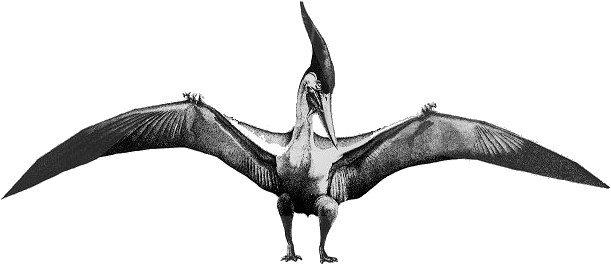
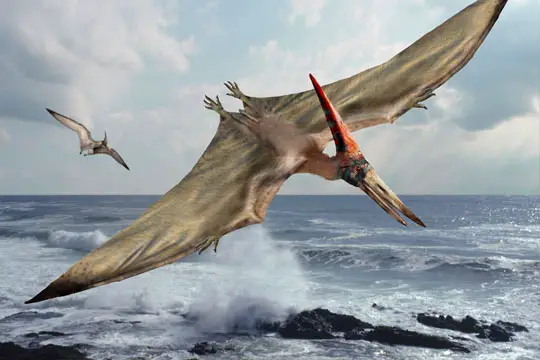
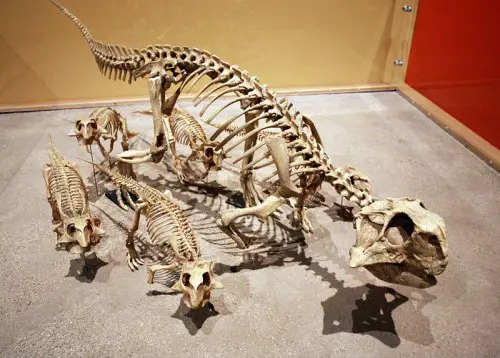
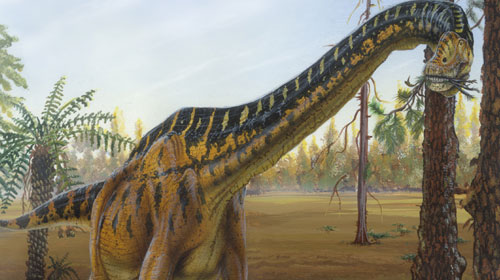
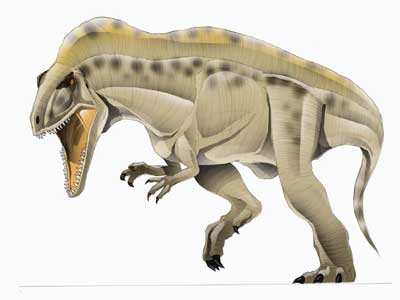
it looks real